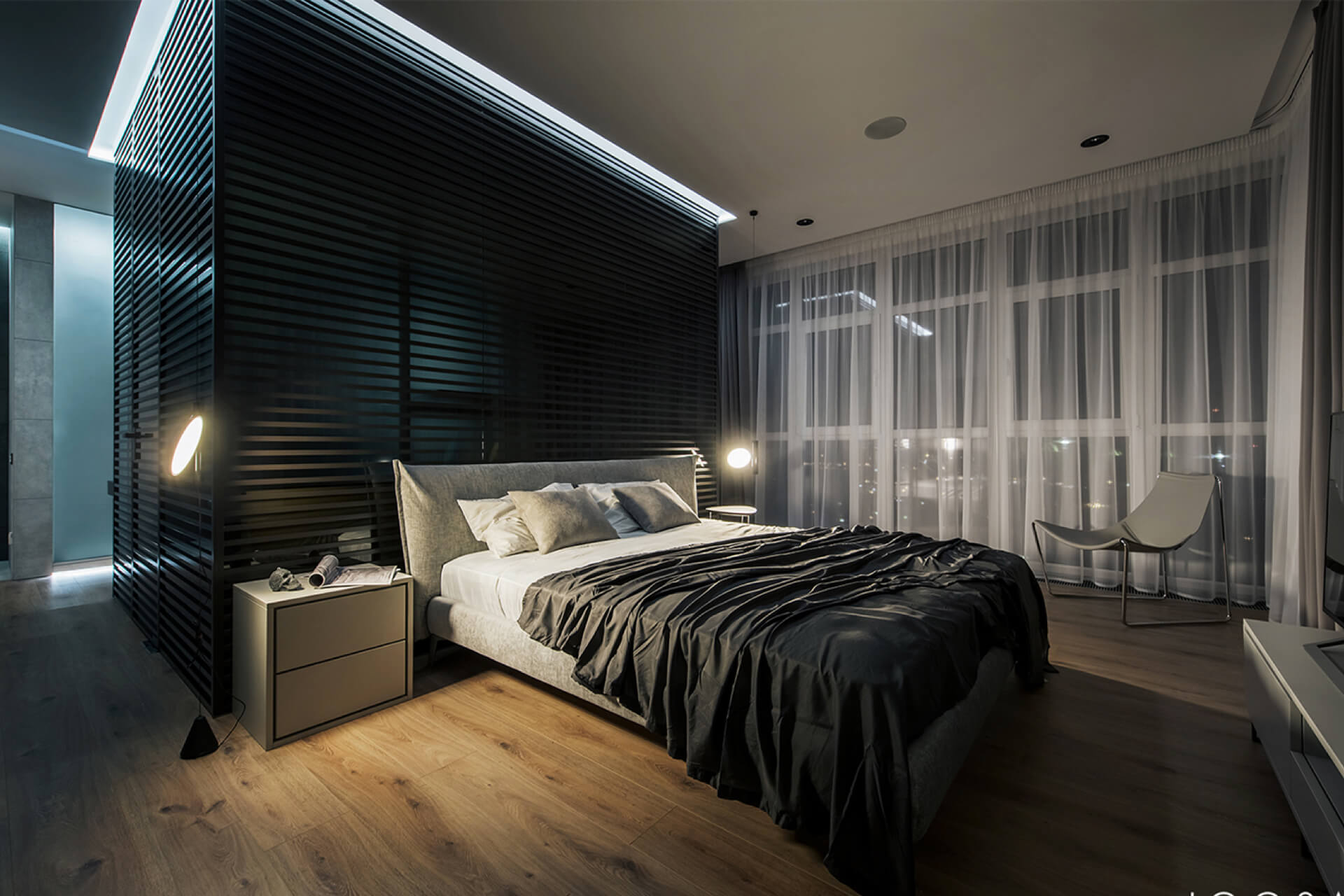[vc_row][vc_column][tm_heading tag=”h5″ custom_google_font=”” font_weight=”500″ text=”Many of us spend hours every day tethered to our devices, pawing at the screen to see if it will deliver a few more likes or emails, monitoring the world and honing our online presence. Yet our reliance on technology to “see” the social world around us can be a heavy burden.” font_size=”lg:18″ line_height=”1.94″][tm_spacer size=”lg:45″][tm_heading tag=”div” custom_google_font=”” text=”Even so, many would find the prospect of living offline worrisome, or simply impossible. That’s why we undertook a small study with 50 people who may seem nothing less than social outcasts in today’s screen saturated environment. None of our participants used social media or had a mobile phone, and most even refused to email.”][tm_spacer size=”lg:50″][tm_image image_size=”custom” align=”center” image=”107″ image_size_width=”770″ image_size_height=”510″][tm_spacer size=”lg:46″][tm_heading tag=”div” custom_google_font=”” text=”We wanted to understand why these people had decided to switch off, and how they managed it. But rather than seeking quick fixes for overuse, we explored the principles and values that drove our participants to live the way they do. Much has already been written about how we can switch off – but that won’t achieve much, unless we really feel the benefits.”][tm_blockquote text=”There are three responses to a piece of design – yes, no, and WOW! Wow is the one to aim for. ― Milton Glaser”][tm_heading tag=”div” custom_google_font=”” text=”Part of the problem with social networking platforms is that we don’t just use them for communicating – they also promote a particular way of being connected to and supportive of those around us. These interactions are channelled through the platform to create data, which is ultimately fed back to data brokers and marketers. (Source: thenextweb.com)”][/vc_column][/vc_row]
Tag: architecture

Microsoft’s New Surface Headphones
[vc_row][vc_column][tm_heading tag=”h5″ custom_google_font=”” font_weight=”500″ text=”Microsoft had a jam-packed event today, announcing the Surface Studio 2, Surface Laptop 2, and Surface Pro 6. But it had one more major hardware product to reveal: The $349 Surface Headphones. The company is particularly proud of its headphones‘ noise canceling capabilities.” font_size=”lg:18″ line_height=”1.94″][tm_spacer size=”lg:45″][tm_heading tag=”div” custom_google_font=”” text=”At its most powerful, the headphones can attenuate sound up to 40 dB. Turn the dial all the way around, and they actually provide a slight boost to ambient sound to better hear your environment – say, if you want to listen to music and still be aware of your surroundings.”][tm_spacer size=”lg:50″][tm_image image_size=”custom” align=”center” image=”107″ image_size_width=”770″ image_size_height=”510″][tm_spacer size=”lg:46″][tm_heading tag=”div” custom_google_font=”” text=”Another four beam-forming microphones handle your voice during calls – Cortana is on board as well – while a dial on the opposite earcup controls volume. The cups are also touch sensitive for playback control. As for battery, the headphones are rated for 15 hours with Bluetooth and noise cancelling on. There’s a USB-C port for charging and a 3.5mm jack should the battery run out.”][tm_blockquote text=”You can have an art experience in front of a Rembrandt… or in front of a piece of graphic design. ― Stefan Sagmeister”][tm_heading tag=”div” custom_google_font=”” text=”Hopefully all these fancy features translate to sound worth their price tag. Microsoft is using 40mm drivers ‘Free Edge’ drivers – relatively rare in the headphone world – but I’m concerned with the lack of any audiophile-oriented Bluetooth codecs. There’s no AptX, AAC, or LDAC, at least one of which I expect standard on $349 headphones. (Source: thenextweb.com)”][/vc_column][/vc_row]

UX Designers, Stop the Jargon Abuse
[vc_row][vc_column][tm_heading tag=”h5″ custom_google_font=”” font_weight=”500″ text=”“On this screen, we have added a photo gallery. You can clearly see how it is inspired by Don Norman’s first level of visceral design, and how it utilizes some foundational Gestalt principles, helping achieve our graceful degradation strategy for pre-webkit browsers. It’s very gestural, intuitive, designed for millennials.”” font_size=”lg:18″ line_height=”1.94″][tm_spacer size=”lg:45″][tm_heading tag=”div” custom_google_font=”” text=”One of the problems of using UX jargon in a conversation is assuming everyone in the room will understand what “graceful degradation” means in that context, or that they have read the same Don Norman book you have. If they don’t understand what you are referring to, they will not always interrupt you to ask. Most people feel embarrassed to confess what they don’t know. And this can bring catastrophic consequences for your project.”][tm_spacer size=”lg:50″][tm_image image_size=”custom” align=”center” image=”107″ image_size_width=”770″ image_size_height=”510″][tm_spacer size=”lg:46″][tm_heading tag=”div” custom_google_font=”” text=”In many cases, the use of jargon is merely accidental — sometimes terms like “UI” or “parallax” will naturally come up as designers present the work to clients who have no idea what that means. In other cases, it’s a defense mechanism. Using complex words make people sound smart; make them sound like the perfect specialist in that topic. Which then enables them to charge more to solve the problem.”][tm_blockquote text=”Graphic design will save the world right after rock and roll does. ― David Carson”][tm_heading tag=”div” custom_google_font=”” text=”As a new technical term comes out, hundreds of courses, talks, e-books and blog posts start to pop up — claiming to teach you everything you need to know about `{`buzzword goes here`}`. You spend tons of money trying to catch up (“early bird tickets for only $999!”). When you finally overcome your impostor syndrome and feel confident enough to repeat that term out loud, the first thing you do is to update your Linkedin profile with that keyword — eventually fueling that same anxiety in other people. (Source: thenextweb.com)”][/vc_column][/vc_row]
